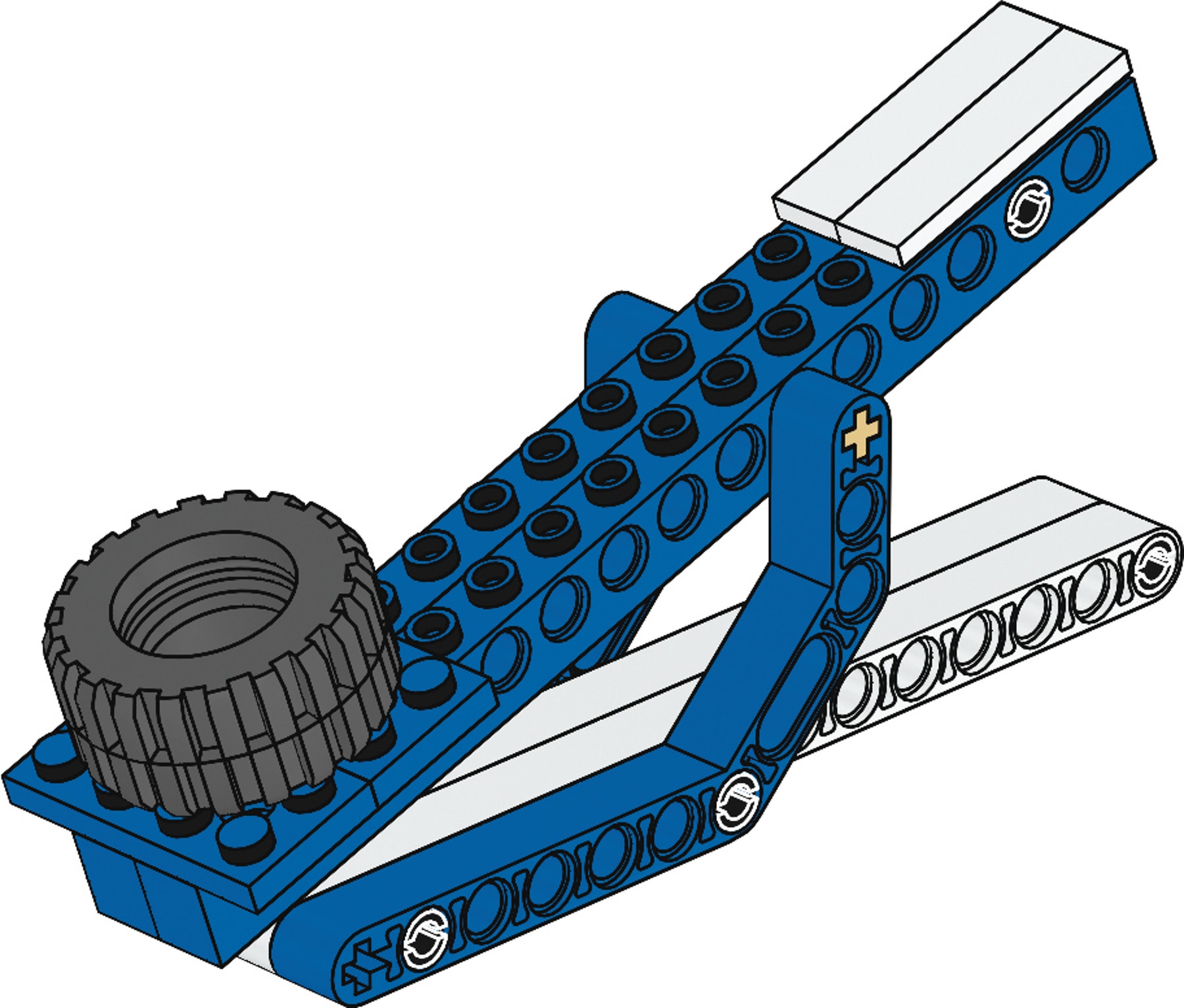Catapult
Apply knowledge and skills related to structures, engineering design, weight and counterweight, and fair testing.

The Problem
(3-5 Minutes)
An essential feature of medieval warfare was siege weapons. These include the siege tower, covered ladders, and the catapult, perhaps the most fearsome weapon of them all. From a safe distance, beyond the range of the archers in the castle, the catapult could fling rocks high into the air so that they crashed down onto the walls causing them to crumble. The catapults could also be used to throw burning bales of straw to set the wooden and thatched buildings in the castle grounds on fire. There were several different types of catapults. Some used large blocks of stone as a counter weight to cause a long arm to fling rocks onto and over the castle walls. Others used the energy stored in twisted rope for the same effect.

Design Brief
(3-5 Minutes)
Your task is to design and build a realistic catapult that can throw small rocks as far and accurate as possible.
Motivation
To help in the design process, instruct the students to look at the picture on the front of the unit and read the accompanying text.
Alternatively, let the students search the Internet to learn more about the appearance, shape and form of ballistas, mangonels and trebuchets.
Discuss the constraints and functions the ancient engineers would have had to take into account.
Suggested Model Solution
Note: You are advised not to share this image with students.


Fair Testing and Fun
(15-20 Minutes)
While the activity is in progress, encourage the students to relate their knowledge, skills and understanding to the task at hand by asking:
How will your catapult work? Will it use counterweights, twisted string or rubber bands?
What sort of structure will you use to support the throwing mechanism?
How will you ensure that the throwing action does not cause the catapult to fall over?
How will you ensure that the catapult can be easily moved from place to place?
What will you use for ammunition?
When the activity is almost finished, encourage the students to reflect on both the product that they have produced and the processes they have used by encouraging the students to:
Carry out tests to evaluate the performance of the catapult:
- What is its range?
- What is its accuracy?
- What is its consistency?
Record their design by drawing it or taking digital photos of it.
Add notes describing the way the model works and how this might be improved to get a better performance.
Describe how to ensure safe use of the model.
Write briefly on what went well in their design task and what they could have done to improve it.
Teacher Support
Students will be able to apply the knowledge and skills of:
Simple machines, mechanisms and structures
Engineering design
Communicating and team working
Applying principles of safety and product reliability
9686 Simple & Powered Machines Set (two students per set recommended)
Materials for powering the mechanism – weights, string, elastic band
Materials for ensuring safety e.g. handle, locking mechanism
Materials for trying out the catapult e.g. small balls of expanded polystyrene
Tape measure
Crosscutting Concepts
Cause and effect: Mechanism and explanations
Systems and system models
Structure and Function
Stability and change
Science and Engineering Practices
Asking questions and Defining Problems
Developing and using models
Planning and carrying out investigations
Analyzing and interpreting data
Using mathematics, Informational and Computer Technology, and computational thinking
Constructing explanations and designing solutions
Engaging in argument from evidence
Obtaining, evaluating, and communicating information
Common Core Mathematics Standards
MP4 / 6.EE.C / 7.EE.B / 8.F.B
Common Core English Language Arts
SL 6.1 / SL 6.4 / SL 6.6 / SL 7.1 / SL 7.4 / SL 8.1 / SL 8.4 / SL 8.6
RST 6-8.1 / RST 6-8.2 / RST 6-8.3 / RST 6-8.4 / RST 6-8.5 / RST 6-8.10
WHST 6-8.2 / WHST 6-8.4
Student Material
Share with:
 Google Classroom
Google Classroom



